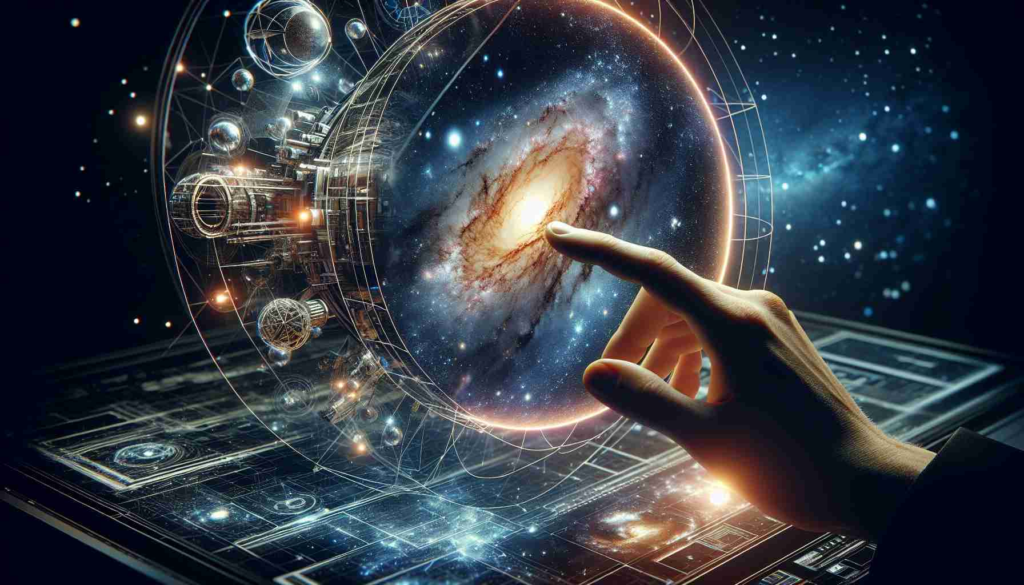
Understanding the Concept of the Cosmic Globe
The term cosmic globe might sound like something straight out of a sci-fi novel, but it represents a fascinating perspective on the vast and mysterious universe. It evokes the image of a celestial sphere encompassing all cosmic entities, from distant galaxies to the very fabric of space-time. Whether viewed metaphorically or scientifically, the represents the infinite expanse of the cosmos, holding within it the secrets of existence and the fundamental forces that govern reality.
The concept of the cosmic globe also ties into ancient and modern cosmology. Many early civilizations envisioned the universe as a massive, dome-like structure, with the Earth at its center. As science progressed, this geocentric model gave way to a more intricate and expansive understanding of the cosmos. Today, astrophysicists explore the through telescopes, satellites, and theoretical physics, uncovering new insights into its origins, structure, and destiny.
The Structure of the Cosmic Globe
The cosmic globe is not a tangible object but rather a conceptual framework used to explore and understand the universe. It consists of multiple layers of cosmic phenomena, including galaxies, nebulae, star clusters, black holes, and dark matter. Each component plays a crucial role in shaping the overall structure and dynamics of the universe.
At the core of the are galaxies—massive systems of stars, gas, and dust bound together by gravity. Within these galaxies, stars undergo cycles of birth and death, giving rise to new celestial bodies and dispersing essential elements across space. Nebulae, vast clouds of gas and dust, serve as stellar nurseries where new stars are born, adding to the ever-expanding cosmic network.
The Role of Cosmic Forces in the Universe
The cosmic globe is governed by fundamental forces that dictate the interactions between celestial objects. Gravity, electromagnetism, the strong nuclear force, and the weak nuclear force collectively shape the universe’s structure and evolution. Gravity, the most apparent force on a cosmic scale, holds galaxies together, dictates planetary orbits, and even bends light through gravitational lensing.
Dark matter and dark energy are two mysterious components believed to make up most of the. While dark matter exerts gravitational influence on visible matter, dark energy drives the universe’s accelerated expansion. These unseen forces remain some of the biggest mysteries in modern astrophysics, with scientists working tirelessly to understand their true nature.
Theories on the Origin of the Cosmic Globe

The cosmic globe has been the subject of extensive study, with numerous theories attempting to explain its origins. The most widely accepted theory is the Big Bang, which posits that the universe began as an extremely hot and dense singularity before expanding outward. This model provides a framework for understanding cosmic evolution, from the formation of subatomic particles to the emergence of galaxies and planets.
Alternative theories suggest the possibility of a cyclic universe, where the cosmic globe undergoes endless cycles of expansion and contraction. Some physicists propose the idea of a multiverse, in which multiple cosmic globes exist simultaneously, each with its unique physical laws and properties. These theories challenge our understanding of space, time, and existence itself.
The Cosmic Globe and Human Exploration
Humanity has always been fascinated by the cosmic globe, striving to explore and understand the universe beyond our planet. From ancient stargazers mapping the night sky to modern space agencies launching telescopes and probes, the quest for cosmic knowledge continues to drive scientific and technological advancements.
Space exploration plays a vital role in uncovering the mysteries of the . Missions to the Moon, Mars, and beyond provide valuable data about planetary formation and the potential for extraterrestrial life. Telescopes like the Hubble Space Telescope and the James Webb Space Telescope offer breathtaking images of distant galaxies, helping scientists piece together the story of cosmic evolution.
The Future of Cosmic Exploration
As technology advances, the study of the cosmic globe is reaching new heights. Emerging fields like quantum cosmology, gravitational wave astronomy, and interstellar travel are pushing the boundaries of human understanding. Future space missions aim to explore exoplanets, study black holes in greater detail, and even search for signs of intelligent life beyond Earth.
The concept of the cosmic globe inspires curiosity and wonder, reminding us of the vastness and complexity of the universe. Whether through scientific inquiry or philosophical contemplation, exploring the cosmic globe enriches our understanding of existence and our place within the cosmos. As humanity continues its journey of discovery, the cosmic globe remains an ever-expanding frontier, waiting to reveal its deepest secrets.





